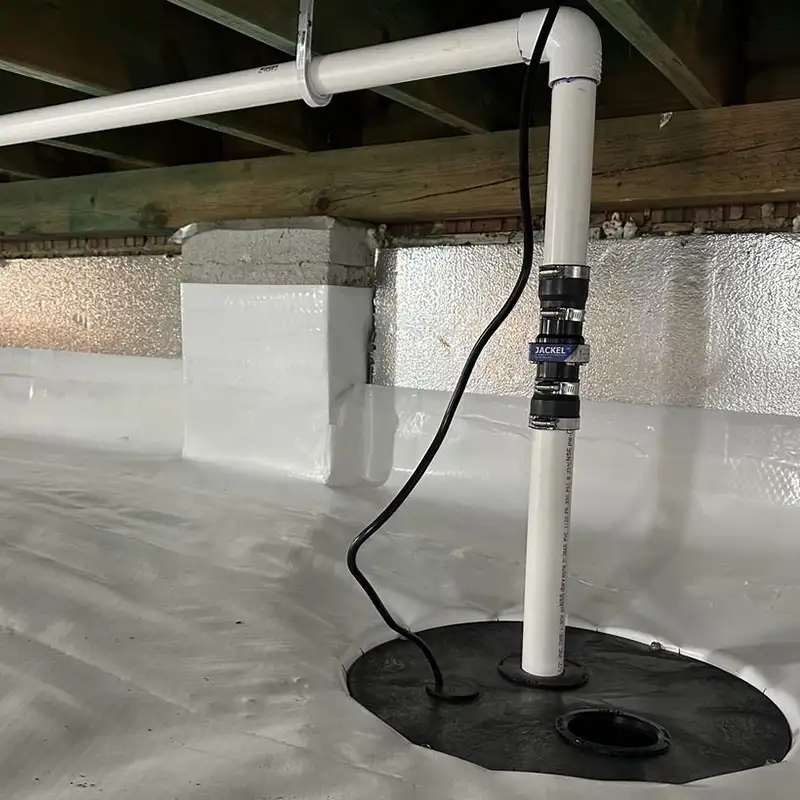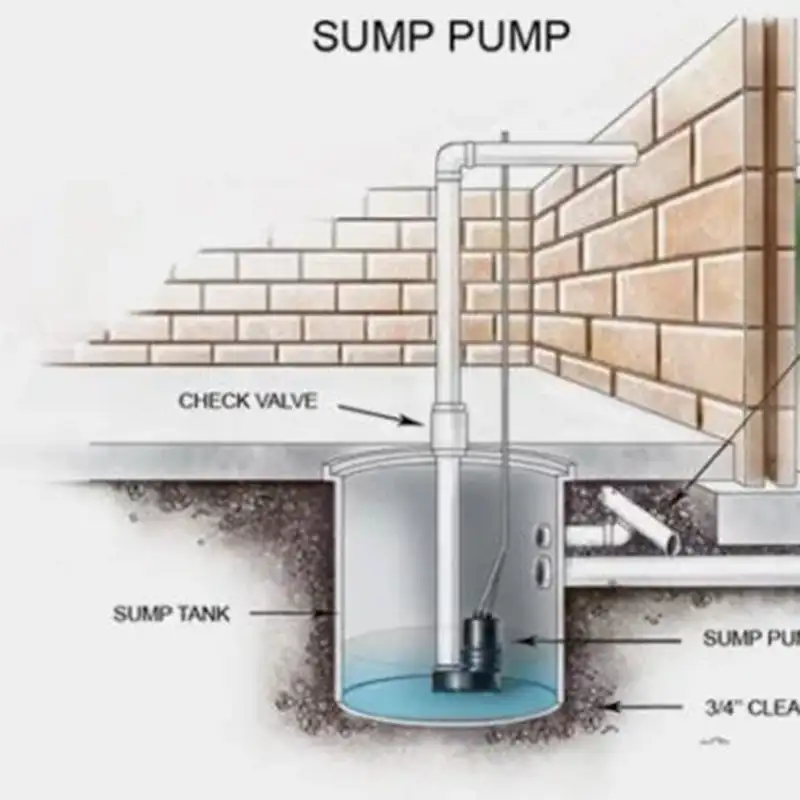Sump Pump Installation/ Replacement
Installing or replacing a sump pump is essential for protecting property from water damage and flooding, especially during extreme weather. Modern sump pumps are customized to handle significant water volumes and activate promptly. Their reliability is tested under stress conditions to ascertain they keep basements dry. Advanced features include high-capacity pumps and additional sensors to tailor the installation to specific needs. A battery backup system guarantees operation even during power outages, using deep-cycle marine batteries for longevity. Regular maintenance checks keep the system functioning efficiently. To explore detailed steps and options, stay with the guide.
Primary/Secondary
Well-trained installers configure customized sump pump systems designed to handle extreme weather, actively preventing flooding and water damage. These systems are meticulously crafted to guarantee sump pump efficiency, making them essential for homeowners concerned about extreme weather preparedness. By implementing advanced flood prevention techniques, homeowners can rest assured that their properties remain dry even during 5-year rain cycles.
A critical aspect of these installations is the system reliability assessment. Installers don’t just install and leave; they rigorously test the system to guarantee it performs under stress. This assessment includes checking the sump pump’s capacity to handle large volumes of water and guaranteeing it activates promptly when needed.
Custom installation options further enhance the system’s effectiveness. Homeowners can choose features tailored to their specific needs, such as high-capacity pumps for areas prone to heavy rainfall or additional sensors for early flood detection. These options provide a personalized approach to flood prevention, guaranteeing each system is as effective as possible.
Battery Back up installation
Installing a battery backup for a sump pump guarantees continuous operation during power outages, providing peace of mind for homeowners. This backup system confirms that the sump pump remains functional, especially when it’s needed most to prevent water damage. The installation process involves connecting the battery backup to the existing sump pump system, ensuring compatibility and efficient operation.
A critical part of the installation process is selecting a reliable battery, typically a deep-cycle marine battery, known for its longevity and power. The installer will mount the battery in a secure, dry location, close to the sump pump. They’ll then connect the battery to the backup controller, which manages the switch between AC power and battery power during an outage.
Maintenance tips are essential for long-term reliability. Homeowners should regularly check the battery’s charge and fluid levels, if applicable, and test the system monthly to confirm it activates correctly. Keeping the battery terminals clean and free from corrosion can also prolong its life. With a properly installed battery backup, homeowners can rest easy knowing their sump pump will protect them from water damage, even during unexpected power failures.





